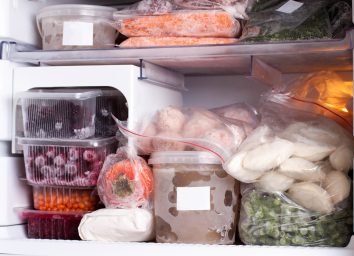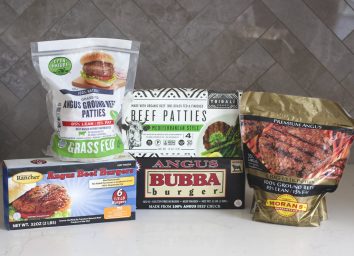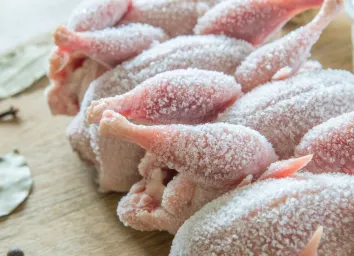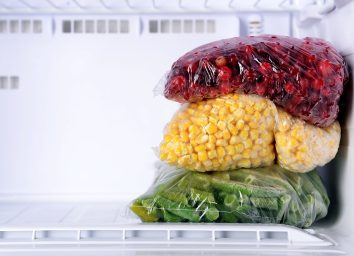How to Make Sure Your Fourth of July BBQ Food Is Safe to Eat
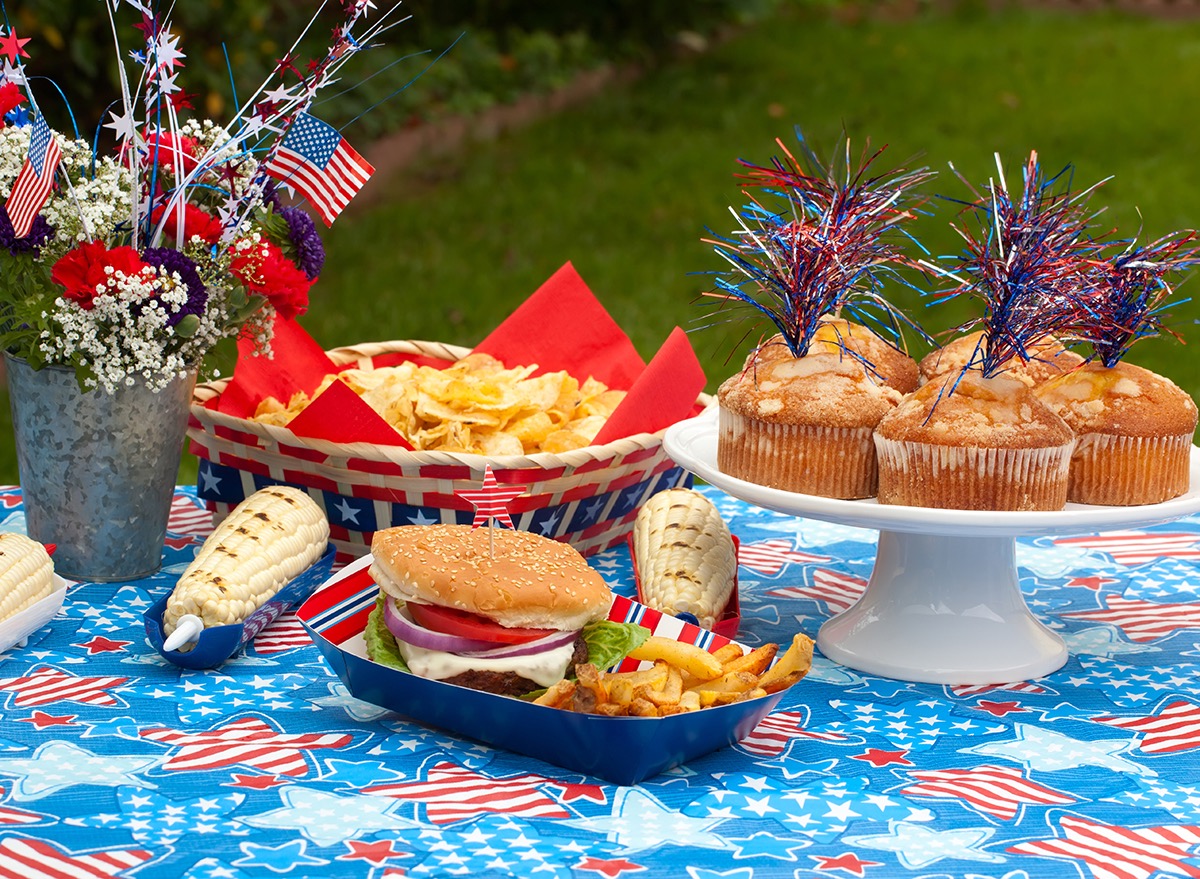
Fourth of July is nearing, which means that a day-long cookout is about to commence among families and friends nationwide. Preparing for a cookout is no easy endeavor, with decorations to gather including patriotic table clothes, plates, silverware, napkins, and maybe even sparklers for the fireworks show. We go through all of this trouble to make sure food looks presentable on the table, but as the food basks in the sun and heat all day, it’s important to take proper food safety measures in order to prevent food from going bad. Janell Goodwin, Food Safety Expert with the USDA’s Food Safety & Inspection Service, lends insight on how to keep your food fresh and edible during this outdoor holiday.
What are some the food safety risks one may encounter while grilling out?
When firing up a grill at a park or in the backyard, you likely won’t be as well-equipped with kitchen tools and cleaning supplies as you would be in the comforts of your own home kitchen. For this reason, Goodwin has provided a few tips as to how you can prevent three food safety incidents to the best of your ability with minimal resources.
1. Maintain a clean environment. Be sure there are plenty of clean utensils and platters. Keeping everything clean—including your hands—while grilling outdoors becomes difficult because you won’t always have access to running water. Find out if there is a source of clean water near where you’ll be. If not, bring water for preparation and cleaning, or pack clean cloths and moist towelettes for cleaning surfaces and hands.
2. Be mindful of cross-contamination. Keeping raw and cooked foods separate is harder when you’re confined to smaller areas. Harmful bacteria present in raw meat and poultry, and their juices can contaminate cooked food. To prevent foodborne illness, do not use the same platter, cutting board, or utensils for raw and cooked foods. Bring multiple sets of these items to avoid this, and label them to make sure you know which one is which.
3. Bring a food thermometer. Make sure to cook food to a safe minimum internal temperature to destroy harmful bacteria. Meat and poultry cooked on a grill tend to brown quickly on the outside, so use a food thermometer to ensure the food has reached a safe minimum internal temperature. Never partially grill meat or poultry and finish cooking later.
Meredith Carothers, the technical information specialist at the USDA’s Food Safety and Inspection Service, gave us a quick rundown on what the internal temperature should be for various types of meat as well as cuts of meat. For example, steaks, roasts, or chops of red meat such as beef, pork, lamb, and veal should be cooked to an internal temperature of 145°F, whereas ground meat should be cooked to 160°F in order to destroy all traces of harmful bacteria. Poultry, on the other hand, no matter how it’s prepared, should be cooked to an internal temperature of 165°F.
How long can perishable food last outside before it begins to go bad?
Food that has been sitting out in the sun and heat for a length of time is more susceptible to bacteria growth, specifically the kind of bacteria that causes foodborne illness.
“If the temperature outside is or exceeds 90°F, perishable food should not be left out for longer than one hour,” says Goodwin. Yes, this means the food you bring to your hours-long event should be eaten fairly quickly to avoid going bad.
Perishable foods largely include items that need to be refrigerated, such as both raw and cooked meat, as well as prepared potato and pasta salads (and you know just how popular potato salad, coleslaw, hamburgers, and hot dogs are for the fourth of July). This does not apply to alcoholic beverages such as wine and beer or foods like crackers, cookies, bread, condiments, and whole fruits and vegetables.
What are some ways you can prevent food from going bad at a BBQ?
Goodwin lends insight on how you can properly store food at your BBQ so that it doesn’t become prone to bacteria growth and potentially cause foodborne illness among your guests.
1. Keep hot food at or above 140°F. Place cooked food in chafing dishes, preheated steam tables, warming trays, or slow cookers.
2. Keep cold food at or below 40°F. Place foods that need to be kept cold, like pasta salads and coleslaw, in ice-filled coolers or in containers with a bed of ice underneath. Remember to replenish the ice as it melts so it stays cold.
3. Prepare the right amount of food to avoid having leftovers. If you’ve prepared large amounts of food, divide it into shallow containers and cool promptly.
4. Try to make burgers upon request this Independence Day, as opposed to cooking up a big batch all in the beginning and then having them sit out. However, if you have a chafing dish or warming tray on hand, you significantly reduce the risk of bacterial growth.
Now, who’s ready to start making Fourth of July BBQ plans? These patriotic Fourth of July foods will be the perfect addition for your buffet table!
